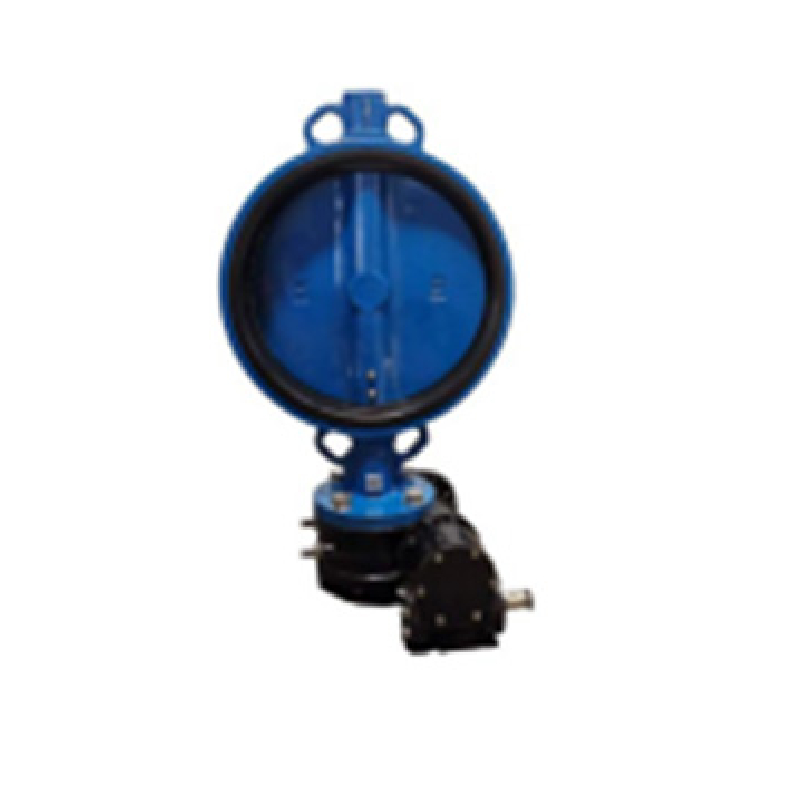नोव्हेंबर . 13, 2024 12:03 Back to list
din swing check valve
Understanding DIN Swing Check Valves Functionality and Applications
In various industrial applications, valves play a crucial role in regulating fluid flow. Among the diverse types of valves, the DIN swing check valve stands out for its reliability and efficiency. This article delves into the functionality, design, and applications of DIN swing check valves, providing a comprehensive overview for engineers and decision-makers alike.
What is a DIN Swing Check Valve?
A DIN swing check valve, as its name implies, is a type of check valve that allows fluid to flow in one direction while preventing backflow. The DIN in its title refers to the German Institute for Standardization (Deutsches Institut für Normung), which specifies internationally recognized standards for various products, including valves. The DIN standards ensure high-quality manufacturing, performance, and compatibility across different engineering fields.
The fundamental operation of a swing check valve relies on a hinged disc or flap that swings open when the fluid flows in the intended direction. When the flow reverses, gravity and fluid pressure close the disc, effectively sealing the valve and preventing backflow. This mechanism contributes to the valve's simplicity and reliability.
Key Features and Benefits
1. Design and Materials DIN swing check valves are available in various materials, including stainless steel, cast iron, and carbon steel. The choice of material depends on the application and the nature of the fluid being transported. The design typically incorporates a robust body structure, which ensures durability under high-pressure conditions.
2. Low Pressure Drop One of the significant advantages of swing check valves is their low-pressure drop across the valve. This characteristic enhances the overall efficiency of the system, reducing energy costs in fluid transport applications.
3. Self-Cleaning The design of swing check valves tends to prevent the accumulation of debris and sediments, enabling a self-cleaning effect. This is particularly beneficial in applications where fluid impurities are present.
din swing check valve

4. Versatile Applications DIN swing check valves are used in various sectors, including water treatment plants, oil and gas industries, power generation, and HVAC systems. Their versatility comes from their ability to handle different types of fluids, including water, steam, oil, and gases.
5. Ease of Maintenance Another key advantage is that these valves require minimal maintenance. Their simple construction enables easy inspection and replacement, which is pivotal for maintaining operational efficiency in industrial settings.
Applications of DIN Swing Check Valves
1. Water Supply Systems In municipal water supply systems, DIN swing check valves are essential for preventing backflow, ensuring that clean water remains uncontaminated.
2. Oil and Gas Industries For the oil and gas sector, these valves are crucial in pipelines to prevent the backflow of crude oil or gas, safeguarding the integrity and safety of the transportation systems.
3. Industrial Processes In manufacturing plants, swing check valves control the flow of liquids and gases in various processes. Their robustness makes them suitable for high-demand environments.
4. HVAC Systems In heating, ventilation, and air conditioning systems, these valves help maintain proper airflow and protect equipment from potential backflow damage.
Conclusion
DIN swing check valves are a fundamental component in many industrial applications, providing essential functionality for preventing backflow while ensuring efficient fluid transport. Their durable design, low-pressure drop characteristics, and self-cleaning capabilities make them a preferred choice across various sectors. As industries continue to innovate and expand, the demand for reliable and efficient flow control solutions like DIN swing check valves will only increase, solidifying their role in modern engineering practices. Understanding their features and applications equips engineers and decision-makers with the knowledge needed to select the appropriate valve solutions for their specific needs.
Share
-
Reliable Wafer Type Butterfly Valves for Every IndustryNewsJul.25,2025
-
Reliable Flow Control Begins with the Right Ball Check ValveNewsJul.25,2025
-
Precision Flow Control Starts with Quality ValvesNewsJul.25,2025
-
Industrial Flow Control ReliabilityNewsJul.25,2025
-
Engineered for Efficiency Gate Valves That Power Industrial PerformanceNewsJul.25,2025
-
Empowering Infrastructure Through Quality ManufacturingNewsJul.25,2025